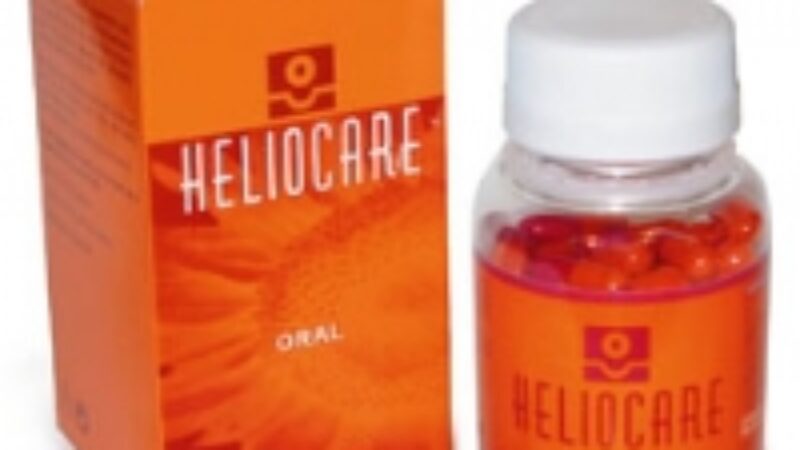Chemical peels are useful for getting rid of damaged skin and improving the appearance and texture of the face, arms, neck, and other areas of the body. They can be applied to encourage the regeneration of new, healthier skin cells. As a result, the appearance of fine lines and wrinkles can be diminished and age spots, mild scarring and acne can be reduced. Depending upon the severity of these conditions, chemical peels can be applied as light, medium, or deep peels. The deeper the peel, the more noticeable the results. Today, I’ll describe the types of peels that are commonly used. I’ll also explain the benefits and potential drawbacks of using them.
Types Of Chemical Peels
There are 4 main peels that are used today: alpha hydroxy acids, beta hydroxy acids, phenol, and tricholoracetic acids (TCA). Typically, the decision of which peel to use is based upon the peel’s depth and the desired results. Alpha hydroxy acids, the most popular solution, are often used for light and medium peels. If the solution’s concentration is above 30%, it is generally applied by a doctor. Beta hydroxy acids are often used for deeper peels, and are uniquely capable of reducing the inflammation that deep peels occasionally cause.
Trichloroacetic acids, like alpha hydroxy acids, are also used for light to medium peels. Though they have been used effectively for many years, their effect on severe wrinkles is limited. Finally, phenol is applied for deep peels. There are common side effects that are associated with using phenol peels, making them less popular than alpha and beta hydroxy acids.
Benefits And Drawbacks
Chemical peels dissolve the top layers of skin. When there are signs of premature aging, sun damage, or a host of other unsightly skin conditions, these peels are often the most effective way to resolve the issue. They can reduce fine lines and wrinkles, and improve the appearance of mild scarring. Peels are also useful for improving the look of skin that has sustained severe sun damage.
Light to medium peels can get rid of dull-looking skin cells, allowing newer skin cells to rise to the surface. This can give the face and body a healthier, smoother appearance. What’s more, alpha hydroxy acids can often stimulate the production of collagen, gradually improving the integrity of the dermis.
That being said, there are potential drawbacks to using peels. The deeper the peel, the more likely it is that it will irritate the skin. They can cause redness and even mild swelling. Deep peels that are used to treat severely damaged skin may actually lighten the skin’s tone. And, darker skin tones are at risk of experiencing hyperpigmentation (areas of darkened skin).
Working With Your Dermatologist
Lighter peels can be just as effective as deeper peels, but patients will require regular treatments in order to maintain the results. Used occasionally, peels can play an important role in the exfoliation of dead or damaged skin. If you think that a peel might be right for you, ensure that the person performing your peel is well qualified. If you have a medium to dark skin tone, a peel might not be your best option.
Work with your dermatologist to determine the best type of peel for your skin, given its condition and what you would like to achieve. Also, because chemical peels strip away damaged skin, you should limit your exposure to the sun. Use well formulated sunscreens to shield your skin from the sun’s damaging UVA and UVB rays.




